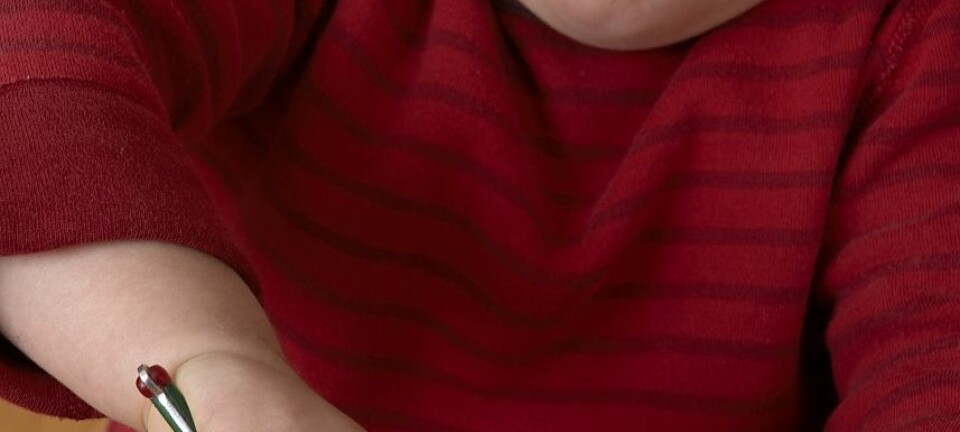
Gastric injections of Botox might curb obesity
Rats have lost weight after receiving Botox injections in the stomach. Researchers think such treatment could provide a less drastic alternative to current weight-loss surgery.
Denne artikkelen er over ti år gammel og kan inneholde utdatert informasjon.
Researchers have found that the weight of rats was reduced by 20 to 30 percent after the vagus nerve was anaesthetized with Botox. The vagus nerve has a number of vital functions, including an effect on appetite and the passage of food through the digestive tract.
“This could possibly become a new and safe way of treating obesity,” says PhD student Helene Johannessen.
Johannesen is one of the researchers who will be presenting their projects in this year’s Norwegian research contest “Forsker Grand Prix” in Trondheim.
New treatment needed
Obesity is a mounting problem and it raises risks of a host of health problems. According to the Norwegian Directorate of Public Health, 2,081 persons in Norway underwent surgery for obesity in 2012.
Such obesity operations are irreversible and entail risks. Among these are infections, leakages, ulcers and various nutritional deficiency disorders.
Johannesen is associated with a research group for experimental surgery and pharmacology that works toward safer alternatives to comprehensive weight-loss surgery. Their study is also part of the EU project Full4Health.
“It would be really favourable if we could find a new, medicinal treatment for obesity,” says Nils Sletteskog, section director and chief physician at the public health enterprise Helse Førde. Sletteskog has been involved in weight-loss surgery since 2001.
“Experience shows that the vast majority of patients diagnosed with morbid obesity cannot rectify their problem solely by their own efforts. It would be a boon to all who need treatment if we could help them without damaging their stomachs,” he says.
Fooling the nerve
Johannessen and her colleagues have tried several methods of manipulating the vagus nerve, including electrical stimulation and removing some of the nerve’s receptors.
“The idea is that if we can trick this nerve we could make people feel more easily satiated,” says Johannessen.
The researchers achieved their best results by blocking the nerve with the neural toxin Botox. The rats were given a Botox injection right in the stomach. When the researchers observed them in a rodent version of a Big Brother house, they found that the test rats ate less and experienced a weight loss of 20-30 percent in five weeks.
With rats the effect lasted four to five weeks, but with human patients we would expect it to endure for three to six months,” says Johannessen.
Clinical studies
The method has been tried in other countries with mixed results.
“But we have extensive experience with animal testing, and believe this can be significant for a good result,” says Johannesen.
The research team will start clinical studies on human patients as soon as they’ve been given a thumbs-up from medical ethics authorities.
“As a start, we will be inviting patients who are candidates for obesity operations but who, for one reason or another, cannot undergo one,” says Johannessen.
--------------------
Read the Norwegian version of this article at forskning.no
Translated by: Glenn Ostling



































